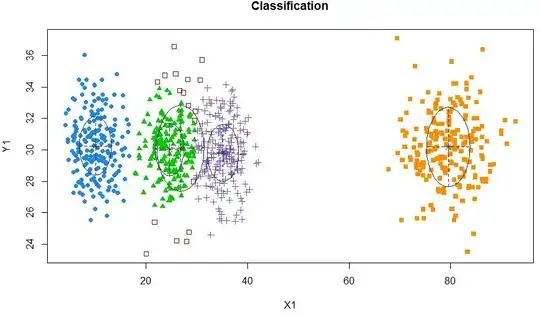So I working on a programming assignment that uses multiple algorithms to solve the floodit game. I have taken some of my data that I have collected thus far. I did a shapiro test:
shapiro.test(x[1:5000])
Shapiro-Wilk normality test
data: x[1:5000]
W = 0.9806, p-value < 2.2e-16
To my understanding, I must reject the null hypothesis, which means my data is not normal. I then used the hist function in R:

Does this Hist show a normal distributed data? if so does that mean i reject my results from the shapiro test? and If so, why do reject the shapiro test?